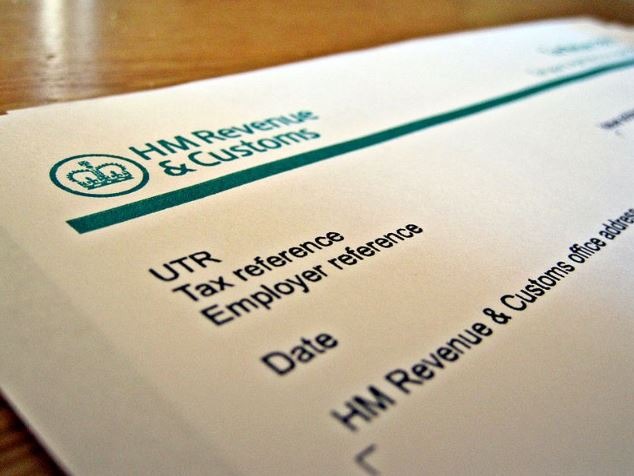Being self-employed has numerous advantages. However, things can get a little complicated when filing your taxes. The good news is that filing your tax return does not require you to be an expert.
If you don’t hold anything like a corporation, you are considered self-employed. Consequently, you will be paying self-employed income tax. Self-employment taxes are delivered to the Social Security Administration for Social Security and Medicare eligibility. If this tax sounds familiar, it’s essentially the same as the employee contributions to Social Security and Medicare, but with a different name.
Tax obligations for self-employed people
Self-employed people, including freelancers, must consider their tax burden when setting their prices, plan their finances for the year.
The IRS categorizes self-employed people into the following groups:
- As a sole proprietor or an independent contractor, you carry on a trade or business.
- Being a partner in a partnership that conducts a trade or business.
- You are also eligible for self-employed income tax if you are self-employed in any other capacity (including a part-time business)
- If either of the following applies to you, you’re self-employed, according to the Internal Revenue Service (IRS):
As a sole proprietor, you operate a trade or business.
- You are a member of a partnership or limited liability company (LLC) that carries on a trade or business and files a Form 1065, U.S. Return of Partnership Income.
- Suppose you run your own business, even if it’s only part-time. You’re also considered self-employed if you work for someone as an independent contractor or freelancer rather than as an employee.
- You get a 1099-NEC tax form from someone for whom you work.
- If you’re a shareholder (owner) of a corporation, you’re not self-employed.
- Only a W-2 is issued to you (the annual tax report for employees).
What Are Self-Employment Taxes and the process: Explained
As a citizen of The U.S., you are aware that you will be taxed on all of your earnings. Income tax is withheld from W2 employees’ paychecks, so they never see the money; it goes straight to the government.
If you earn money as a self-employed person, the chances are that it will not be taxed until you receive it. Nothing is withheld from you when you are paid upfront.
You’ll have to pay all the taxes on the money you’ve already received, which can be a difficult pill to swallow. You must pay more than income tax on that money which can make this pill even more unpleasant.
Suppose you look at a W2 employee’s paycheck. In that case, you’ll notice that they also have Social Security and Medicare withheld in addition to self-employed income tax. You’ll also have to pay this on the backend for your self-employment income—this is what we refer to as “self-employed taxes.”
The fundamentals of self-employment tax filing
Know your tax rate and consider whether your region requires separate city taxes before determining your tax obligations. Calculate your net profit or loss from your business to determine your rate. You can figure this out by subtracting your business expenses from your revenue. The difference between your income and expenses is net profit, which is included in your earnings. The difference between your expenses and your income is your net loss.
- You must first understand your tax rate and any state and local taxes that may apply to you before preparing to file your taxes. To figure out your tax rate, you must first determine your net income.
- Then, if your self-employment earnings exceed $400, you must file a Schedule C. (Form 1040). If you meet any of the other requirements listed in Form 1040, you must file a return even if your net earnings from self-employment were less than $400.
- According to the IRS, the self-employed individuals who owe more than $1,000 in self-employment tax must make estimated tax payments four times. To file these quarterly self-employed income tax, you’ll need to use IRS Form 1040.
How to Declare Self-Employment Earnings
Although more complex than filing a return with only a W2, reporting self-employed income is more accessible than most people think; self-employment income is reported on Form 1040. Depending on your specific income situation and expenses, you may need to attach a few different schedules to that form.
Schedule SE is used to calculate self-employment tax, and Schedule 1 is used to make any adjustments. Any schedules you use should be attached to your Form 1040 and included with the rest of your tax return. This is usually all that is required.
Use this widget to calculate quarterly tax:
Self-Employed Income Tax deduction tip:
Many self-employed people are surprised at the amount of self-employment taxes they have to pay. Fortunately, you can deduct up to half of your self-employment taxes from your income taxes. On Schedule 1 of Form 1040, this is done. It lowers your taxable income for income tax purposes, but it does not reduce your net earnings from self-employment.
As a result, while W2 employees “balance out” their tax liabilities when they file a return, you will pay the total amount of your income tax and self-employment taxes on your self-employed income all at once.
Bottom line:
There are many ways to be self-employed, from selling handmade goods online to freelance consulting or running your own registered business. Having a “side hustle” makes it even more critical for taxpayers to understand how their self-employed income is taxed.
This article will provide you with a basic understanding of self-employment income tax including what they are, why you must pay them, and how you must pay them. Contact a tax expert or an accounting firm if you require assistance with your tax return.

